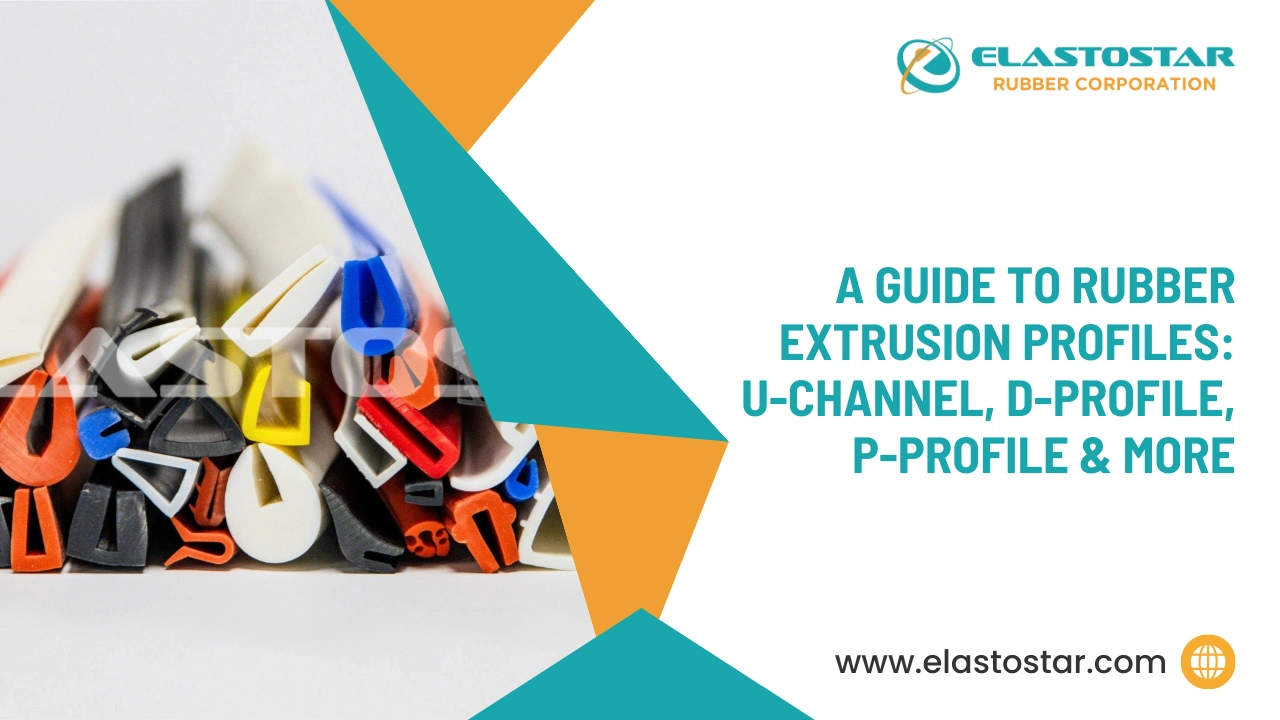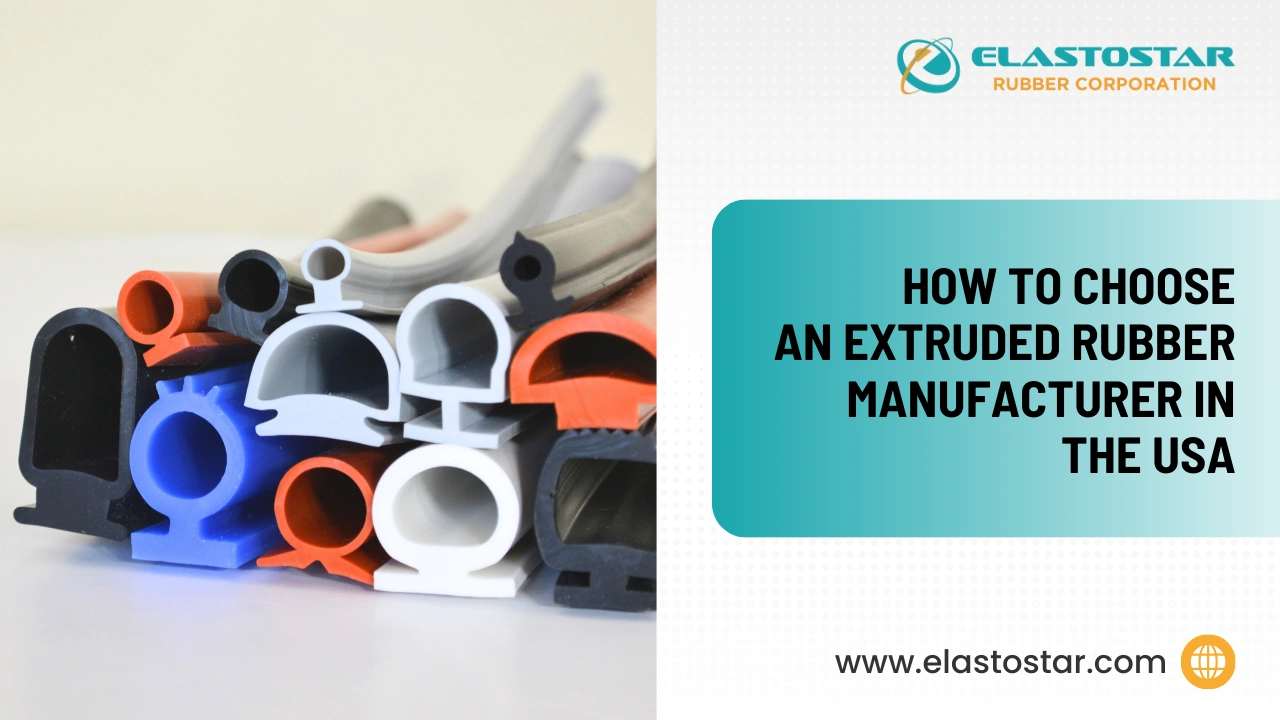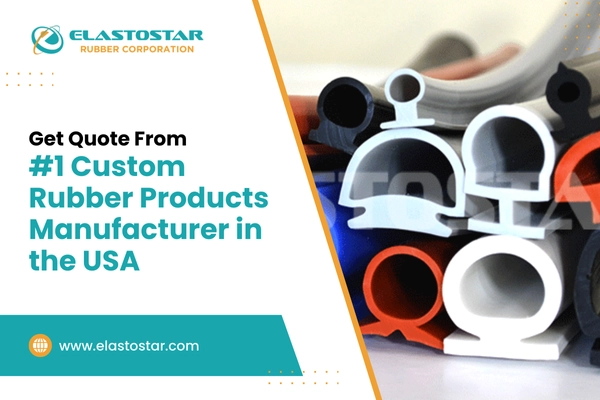When setting up LED lighting, it is important to choose the right channel type for performance and aesthetics. Aluminum LED channels are known for their heat dissipation and durability, making them ideal for high-performance applications. Studies show that better heat management can improve the LED lifespan by up to 30%.
Conversely, silicone LED channels are 50% more flexible than aluminum, making them perfect for creative and custom lighting designs. They are also waterproof, offering protection in moist environments and outdoor spaces.
In this blog, we’ll explore the differences between these materials and help you decide which best suits your project needs, especially focusing on Elastostar’s high-quality silicone LED channels.
What Are LED Channels, and Why Are They Crucial for Lighting Design?
LED channels are protective housings for LED strips, safely and neatly installed in lighting designs. They help manage how light is emitted and can significantly impact your lighting setup’s overall look and performance.
One function is to diffuse light evenly. LED light diffusers spread the light from the LED strips, reducing harsh brightness and creating a softer, more pleasant glow. The right channel material is essential for this effect.
LED stands diffusers are made of different materials, each offering unique benefits. For example, silicone diffuser covers are flexible and great for creative lighting projects, while aluminum channels are durable and good for heat management.
LED channels are important for aesthetics and lighting functionality. Choosing the right type can help you achieve the perfect lighting effect while protecting your LED strips.
What Makes Aluminum LED Channels a Popular Choice?
Aluminum cover strips are a top choice for lighting due to their heat dissipation and durability. They effectively draw heat away from the LED strips, preventing overheating and improving lifespan. This makes them ideal for LED strip light channels in high-performance settings.
In addition to heat management, aluminum is strong and corrosion-resistant, making it suitable for indoor and outdoor installations. Its modern look also makes your lighting setup professional while protecting the LED strips from dust and physical damage.
In short, aluminum LED channel diffusers offer reliability, durability, and a polished appearance for lighting projects only.
How Do Silicone LED Channels Excel in Lighting Design?
Bendable LED channels are known for their flexibility, which makes them ideal for creating custom lighting designs. You must install LED strips around curves, corners, or irregular shapes. LED diffuser strips bend easily to fit your needs.
Another excellent feature is its waterproofing. This makes it a perfect choice for outdoor installations and areas exposed to moisture. The waterproof properties protect the LEDs, guaranteeing their longevity and performance in wet environments.
Moreover, silicone channels offer soft light diffusion. This feature helps distribute light evenly, creating a smooth, gentle glow. This makes them ideal for ambient lighting, where you want to avoid harsh, direct light.
Simply, they offer flexibility, waterproofing, and soft diffusing capabilities, which are perfect for a wide range of lighting applications requiring customization and durability.
Benefits of Diffusing LED Strip Lights
- Flexibility: Easily bendable, allowing for creative and customized lighting designs.
- Customizable: Ideal for curved or irregular lighting setups, offering versatility in installation.
- Soft Diffusion: Produces a gentle, even light, creating a comfortable and pleasant glow.
- Adaptability: It is Perfect for various lighting arrangements, including unique or non-traditional spaces.
Read More- Things You Must Know About Silicone Rubber For Lighting System
Why Should You Choose Elastostar’s Silicone LED Channels?
Elastostar offers top-quality silicone LED channels that are perfect for your lighting projects.
- High-Quality Materials: Elastostar’s silicone LED diffusers are made from durable, flexible silicone that ensures smooth, even lighting.
- Custom Solutions: Need something specific? Elastostar can customize the silicone channels to fit your unique design needs.
- Long-Lasting: These channels are built to last, resisting wear, heat, and outdoor conditions.
- Expert Manufacturing: As a trusted silicone product manufacturer, Elastostar has reliable, high-performance products.
- Eco-Friendly: Elastostar’s silicone solutions are made with sustainability in mind.
- Reverse Engineering & Design Help: Elastostar offers reverse engineering and design assistance to create the perfect lighting solution.
- Shortest Lead Time Delivery: Elastostar ensures fast delivery without compromising on quality.
Choose Elastostar for durable, flexible, and reliable silicone LED channels to meet your lighting needs.
Aluminum vs Silicone LED Channels – Which One Suits Your Project?
When choosing between aluminum and silicone LED channels, consider factors like heat dissipation, design flexibility, and your project’s specific needs.
| Factor | Aluminum LED Channels | Silicone LED Channels |
| Heat Dissipation | Excellent at heat dissipation, like aluminum. | Excellent at heat dissipation as aluminum. |
| Design Flexibility | It is less flexible; it is better for straight installations. | Highly flexible, great for curved or custom designs. |
| Waterproofing | It’s not waterproof; it’s better for dry, indoor areas. | Waterproof; ideal for outdoor and wet environments. |
| Best For | High-performance LEDs needing heat management. | Creative designs, ambient lighting, and wet areas. |
Aluminum is better if your project requires high heat management and durability.
But silicone is optimal for flexibility, waterproofing, and unique designs.
How Easy Is It to Install and Maintain Elastostar’s Silicone LED Channels?
Installing Elastostar’s silicone LED channels is straightforward and can be done in simple steps.
- Measure and Cut
Start by measuring the space where you want to install the LED channel. Use a sharp tool to cut the silicone LED channel to the desired length. - Prepare the Surface
Clean the surface where you attach the channel to ensure proper adhesion. - Place the LED Strip
Insert the LED strip into the silicone channel. Make sure the strip fits securely, and the adhesive backing sticks well. - Attach the Channel
Depending on your setup, you can use adhesive tape or screws to mount the silicone channel onto the surface. - Seal the Edges (Optional)
Rubber gasket extrusions can seal the edges and provide additional protection from dust or moisture.
Maintenance Tips for Long-Lasting Performance
- Regular Cleaning
Dust and dirt can accumulate over time, so wipe down the channel regularly with a damp cloth to maintain its appearance and performance. - Check for Wear
Inspect the silicone for cracks or damage, especially in outdoor installations. Replace any damaged sections to maintain functionality. - Avoid Excessive Heat
While silicone is flexible and durable, avoid exposing it to high heat sources to ensure its longer life.
What Are the Environmental Benefits of Choosing Elastostar’s Silicone LED Channels?
Choosing Elastostar’s silicone LED channels benefits your lighting projects and the environment.
Here are the eco-friendly advantages
- Recyclability
Silicone is highly recyclable, making it an environmentally friendly choice for lighting. Elastostar’s flexible LED channels can be recycled at the end of their lifespan, helping to reduce waste. - Durability
Silicone is long-lasting and resistant to wear and tear, which means fewer replacements and less waste. This contributes to a more sustainable lighting solution, as you won’t need to replace the channels as often. - Sustainable Manufacturing
As a silicone product manufacturer, Elastostar follows sustainable practices in its production processes. They focus on reducing energy use and minimizing environmental impact during manufacturing. - Non-Toxic and Safe
Silicone is a non-toxic material, safe for humans and the environment. It does not release harmful chemicals and is safe for indoor and outdoor applications. - Energy Efficiency
Using silicone LED channels can improve the energy efficiency of your lighting system. Even when distributing light, they help reduce energy consumption while providing high-quality lighting.
Elastostar’s silicone LED channels offer an eco-friendly, durable, and sustainable lighting solution that aligns with your green goals while enhancing performance.
Recommended Reads
- Top 5 Commercial Applications of Silicone Rubber Products
- How to Differentiate Between Food-Grade FDA Silicone Rubber and Regular Silicone
- What is Rubber Extrusion?
Conclusion
Elastostar’s silicone LED channels offer unique advantages over aluminum. We provide superior flexibility for creative designs, are waterproof, and offer soft, even light diffusion with LED light diffusers. Silicone channels are also more sustainable, durable, and recyclable than eco-friendly. Thus, they excel over aluminum for efficient, long-lasting, customizable lighting solutions.
For more information or to discuss your lighting needs, contact us today!
What is an LED aluminum profile?
An LED aluminum profile is a casing designed to house LED strips. It enhances heat dissipation and protects from dust and damage. Elastostar offers premium aluminum profiles for efficient lighting solutions, ensuring long-lasting performance.
What are the two types of LED light strips?
The two main types of LED light strips are rigid and flexible. Rigid strips are ideal for straight-line installations, while flexible strips are great for custom designs and curves.
What is the difference between silicone and aluminum LED channels?
Silicone LED channels are flexible and waterproof, ideal for creative lighting designs, while aluminum channels are durable, heat-resistant, and perfect for heat dissipation. For high-quality silicone LED channels, reach out to Elastostar Rubber Corporation to explore their range of customizable solutions.
What is the use of an aluminum channel?
An aluminum channel helps protect and house LED strips, providing protection from physical damage and aiding in heat dissipation. For superior aluminum channels, visit Elastostar Rubber Corporation for top-quality products that can be customized to your needs. We offer durable, high-performance solutions designed to enhance the efficiency and lifespan of your LED lighting systems.
Why is silicone bad for LED?
Silicone may not be suitable for high-heat applications because it lacks the heat dissipation properties of aluminum, potentially reducing LED lifespan. For silicone LED channels designed to manage heat better, Elastostar offers reliable, long-lasting options.
Why is silicon not used in LED?
Silicon is not used in LEDs because it cannot emit light. LEDs use materials like gallium nitride to produce light, making silicon unsuitable for this application.




